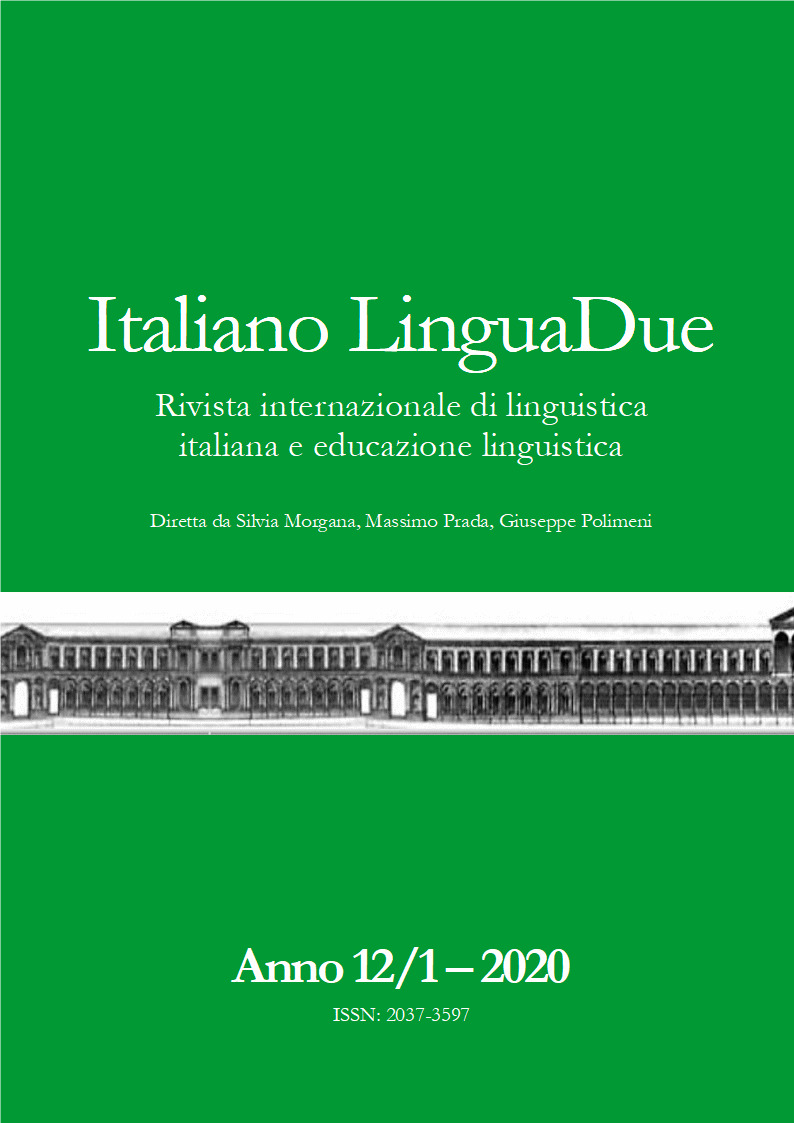THE CEFR RENEWED: INSPIRING THE FUTURE OF LANGUAGE EDUCATION
DOI:
https://doi.org/10.13130/2037-3597/13945Abstract
This paper gives a brief overview of the significance of the CEFR (Common European Framework of Reference for Languages) and its key aspects for teaching and learning. Starting with a reminder of the key characteristics of the CEFR, the paper outlines its origins in the work of the Council of Europe in the 1970s and the development following the intergovernmental Symposium in Switzerland that recommended both a common European framework with an accompanying portfolio. The paper then goes on to discuss which of the innovative aspects of the CEFR were taken up quickly (e.g. levels, ‘can do descriptors’, self-assessment), and which largely had to wait until the field would be ready for them. Among the latter one finds concepts such as the learner as a social agent, the move beyond the four skills model, the action-oriented approach, mediation, and plurilingual/ pluricultural competence. It is precisely these aspects which, twenty years after the initial development, are the main focus of the CEFR Companion Volume, first published online in English and French in February 2018, which now appears in its definitive form and in several translations this year.
Il QCER rinnovato: ispirare il futuro dell’educazione linguistica
Questo contributo offre una breve panoramica del significato del QCER (Quadro Comune Europeo di Riferimento per le Lingue) e dei suoi aspetti chiave per l’insegnamento e l’apprendimento. Partendo da un richiamo delle caratteristiche chiave del QCER, il contributo ne delinea le origini nel lavoro condotto dal Consiglio d’Europa negli anni ’70 e lo sviluppo successivo indicato dal Simposio intergovernativo svoltosi in Svizzera che raccomandava che il Quadro Comune Europeo fosse accompagnato da un portfolio. Si passa poi a discutere quali degli aspetti innovativi del QCER sono stati ripresi (ad esempio i livelli, il “è in grado di...” con cui sono indicati i descrittori, l’autovalutazione) e quali invece hanno dovuto aspettare che il terreno fosse pronto per accoglierli. Tra questi ultimi si trovano concetti come il discente come attore sociale, il superamento del modello delle quattro abilità, l’approccio orientato all’azione, la mediazione e la competenza plurilinguistica/pluriculturale. Sono proprio questi aspetti che, a vent’anni dallo sviluppo iniziale, sono al centro del CEFR Companion Volume, pubblicato per la prima volta online in inglese e francese nel febbraio 2018 e che esce quest’anno nella sua forma definitiva e in diverse traduzioni.




